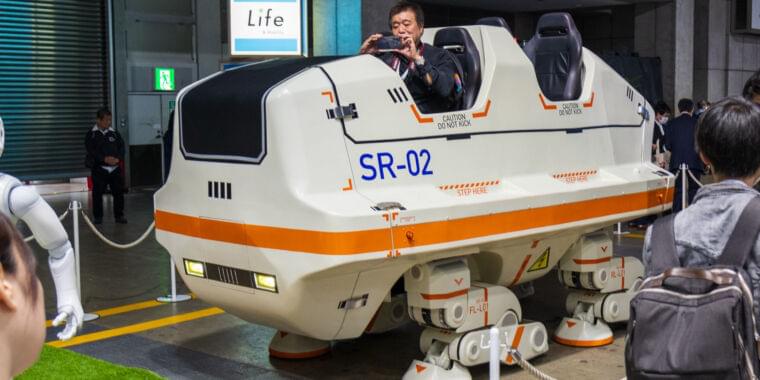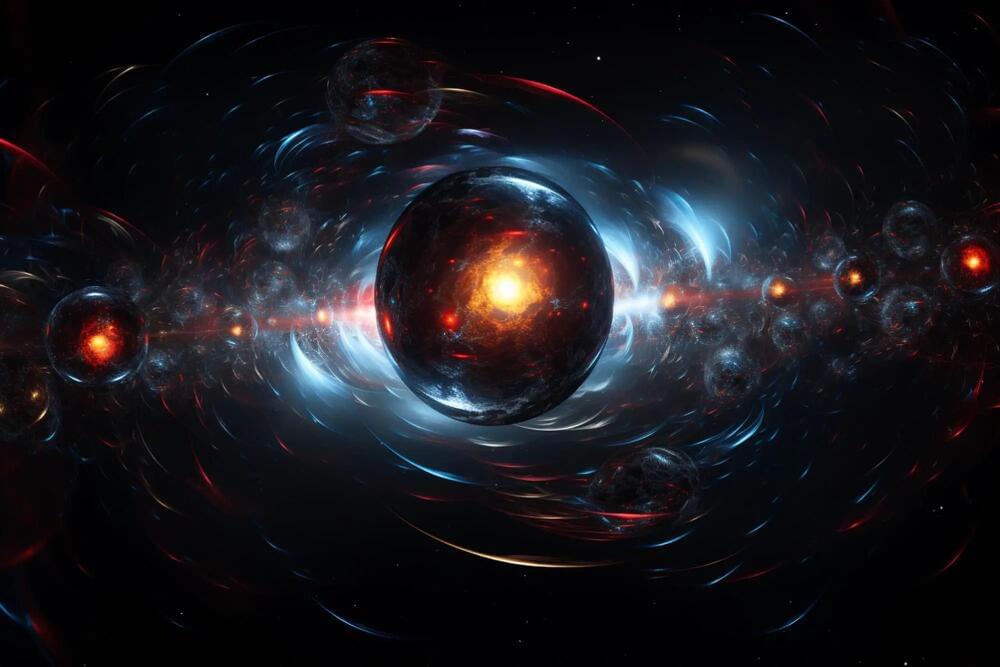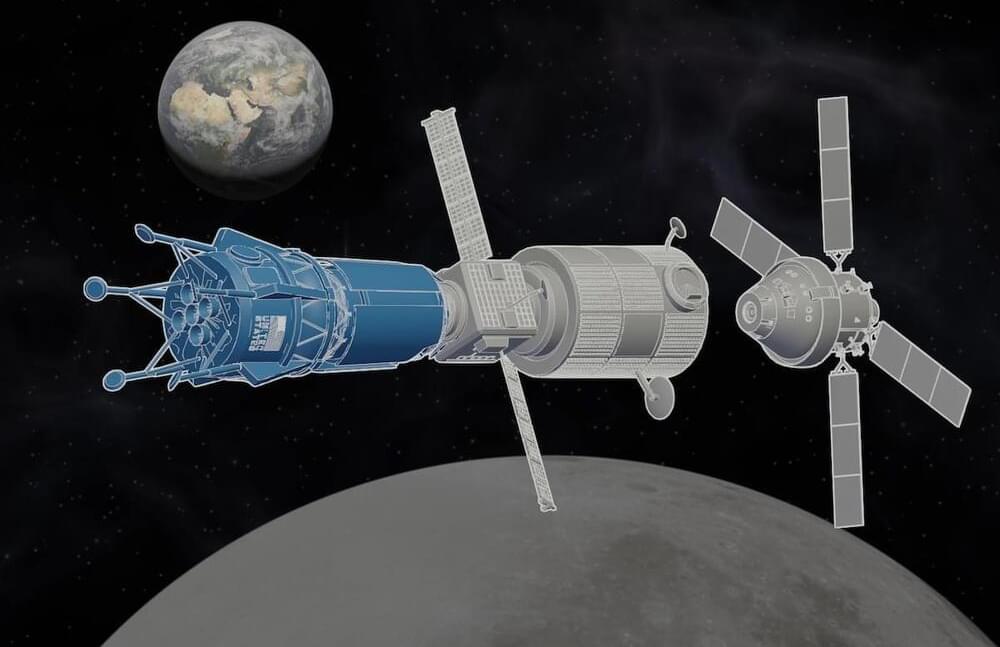Even as toddlers, we have an uncanny ability to turn what we learn about the world into concepts. With just a few examples, we form an idea of what makes a “dog” or what it means to “jump” or “skip.” These concepts are effortlessly mixed and matched inside our heads, resulting in a toddler pointing at a prairie dog and screaming, “But that’s not a dog!”
Last week, a team from New York University created an AI model that mimics a toddler’s ability to generalize language learning. In a nutshell, generalization is a sort of flexible thinking that lets us use newly learned words in new contexts—like an older millennial struggling to catch up with Gen Z lingo.
When pitted against adult humans in a language task for generalization, the model matched their performance. It also beat GPT-4, the AI algorithm behind ChatGPT.








